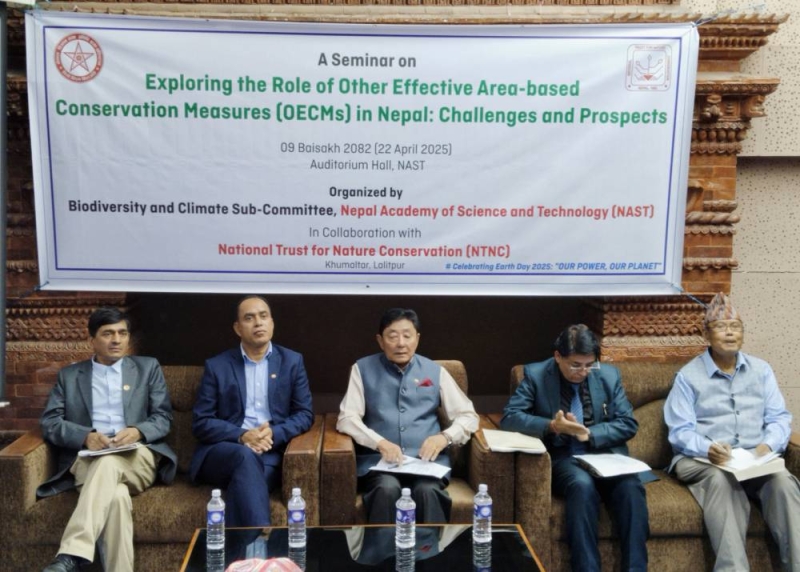LETTERS: Red pandas endangered
LETTERS: Red pandas endangered
Published: 05:00 am Aug 16, 2016

It was extremely sad to read the report, “70 red panda hides seized in four years” (THT, August 14). The challenges of red panda conservation are extremely serious since globally less than 10,000 of these wild animals are now believed to be surviving, according to the last census conducted in Asia. Red panda (Ailurus fulgens) is a beautiful endangered mammalian species from Asian Himalayan bamboo forests and adjoining ecosystems found in the Himalayan forests of Nepal, Bhutan and India (Darjeeling, WB, Sikkim and Arunachal Pradesh), southern China and western Myanmar. Two distinct red panda sub species are reported: Ailurus fulgens fulgens are distributed in Nepal, Bhutan and India; and Ailurus fulgens styani are found in southern China and western Myanmar. Both sub species are seriously impacted by anthropogenic activities such as illegal forest encroachments, rapid deforestation, disturbance and fragmentation of the local dense bamboo forests, forest fires, poaching and predation by feral dogs. Intense pressures of illegal hunting and capturing red pandas by poor, local village communities and forest residents as well as forest fringe dwellers for feeding the underground wildlife trade and trafficking rackets operating openly in China and SE Asia has decimated wild red panda populations across their entire Asian range from Nepal and Bhutan in the east to Myanmar in the west; and from China in the north to India in the south equally devastatingly. Red panda conservation programmes are now in operation in the entire Asian range, including Nepal and Bhutan. However, unless the poaching and destruction of the local bamboo forests are effectively regulated, the future of these species appears to be quite gloomy. Saikat Kumar Basu, Canada Road widening This has reference to “Road widening stayed” (THT, IN BRIEF, Page 3, Aug 15). It must be understood that without progressive traffic rules, even 50-lane roads will not eliminate traffic chaos and mayhem which happen, among others, when drivers jump the queue from the right and left creating serious traffic disruptions. Lack of traffic lights is also a major hindrance to smooth traffic flow. The need of the hour is flyovers at major intersections like Koteshore, which is facing increasing pressure despite the 6-lane Japanese built road. Taxi parking, bus stop and vehicles covering the entire stretch of this road obstruct the free flow of traffic from Bal Kumari to Jadibuti. We can see such obstructions almost everywhere. If this lane is kept free of obstruction at all times, there will be less traffic snarls. Who will ensure this? Rather than widening the entire Balkhu Dakshinkali road which will help the land plotters more than the motorists, we need a flyover or two at Balkhu-TU intersection. And on the Tripureshwore-Kalanki stretch most of the traffic problems will be solved if we build a couple of freeways in the air. Manohar Shrestha, Kathmandu



